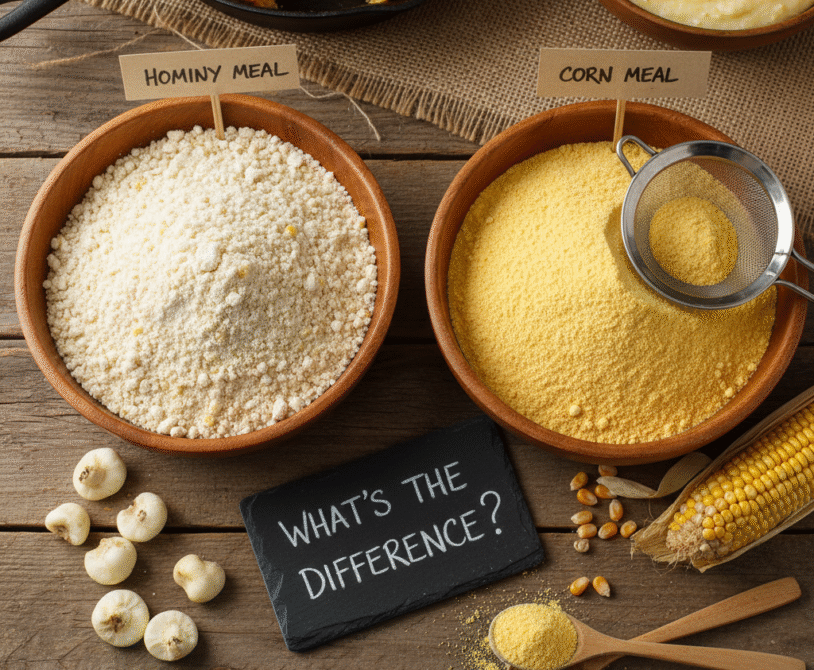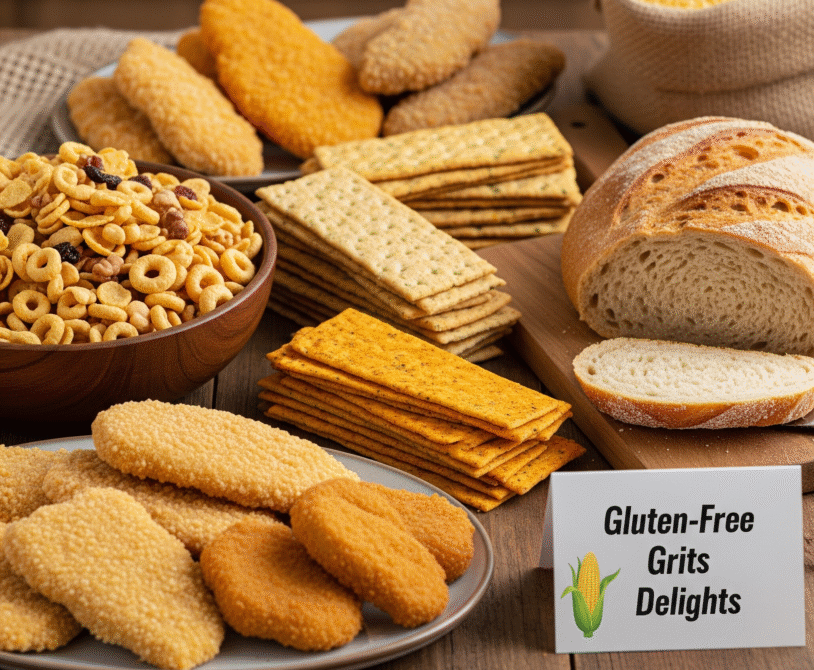
When R&D teams and industrial bakers hear the word “corn meal,” they usually think of a few classic uses, like making rustic cornbread, simple muffins, or maybe even dusting pizza skins. These are great uses, but this narrow view misses one of the most useful and adaptable ingredients for making meals today.
Corn meal that is consistently milled and of high quality is a powerful ingredient that can help with a lot of problems that come up while baking in large quantities. It can make things smoother, add crunch, tidy up labels, and be the base for gluten-free items that sell well. It’s time to look beyond the breadbasket.
Here are five new ways to use corn meal in industrial baking that can help you make new goods and improve the ones you already have.
1. The Foundation for Gluten-Free Flour
The need for gluten-free items of the highest quality keeps growing, yet it is still very hard to make baked goods that taste, feel, and look well without using wheat. Many other types of flour are too expensive, have strong, unpleasant flavors, or need complicated mixes to work properly.
The Application: Finely ground cornmeal is a cheap and flavorless base for many gluten-free flour blends.
How it Works: Corn meal gives the dish a solid base and a nice, mild sweetness that doesn’t overshadow the other flavors. Its natural golden color makes gluten-free breads, pizza bases, and pastries look like they were baked on a hearth. When mixed with starches (like potato or tapioca) and binders (like xanthan gum), it makes a strong and flexible base that works like wheat flour but costs a lot less than nut or specialty grain flours.
2. The Best Coating for a Better Crunch
A crispy, crunchy coating that lingers on frozen or oven-baked foods is the golden grail. Standard breadcrumbs can soak up oil and water, which can make them mushy and make people unhappy.
The Application: A medium-to-coarse grind of maize meal makes a coating for proteins and vegetables that is very crispy, long-lasting, and looks great.
How it Works: Cornmeal doesn’t soak up as much oil as flour or breadcrumbs since its grains are bigger. This decreased absorption rate lets moisture escape while baking or frying, which makes the texture drier, tougher, and much crunchier. This is the best coating for making a lot of oven-baked chicken tenders, fish fillets, onion rings, and veggie nuggets. The cornmeal gives it a nice golden-brown finish and a delightful crunch that stays crunchy even after being frozen and reheated.
3. The Best Way to Make Cakes and Biscuits Fluffy
It can be hard to get a soft, delicate crumb in a big cake or biscuit because industrial mixing can easily over-develop gluten, which makes the dough rigid.
The Application: Adding a tiny amount of fine corn meal to recipes for wheat-based cakes and biscuits can make the crumb texture much better.
How it Works: The particles of maize meal get in the way of the gluten network forming. This “shortens” the gluten strands, which makes the finished product less chewy and more soft. This is the same idea as using fats or sugar, but cornmeal does it while giving a nice flavor and texture. This method works very well for vanilla sheet cakes, scones, and shortbread-style biscuits that need to have a melt-in-your-mouth quality.
4. The Clean-Label Extender and Binder
People today are very careful about what they buy and want to avoid chemical-sounding binders, modified starches, and artificial fillers. Manufacturers require natural, easy-to-recognize ingredients to hold in moisture and add bulk, especially in savory baked items.
The Use: Cornmeal is a great clean-label binder and extender for things like meatloaves, meatballs, and veggie patties made on a large scale.
How it Works: Corn meal is very good at soaking up and holding onto water and fats while they cook. This makes the final yield better since it cuts down on product shrinkage and makes the product wetter. Consumers accept “corn meal” on a label since it is a common, pantry-friendly commodity. This makes it a great, cheap replacement for products like methylcellulose or isolated soy protein.
5. The base for savory toppings that stick
It might be hard to get spices to attach to the surface of crackers, breadsticks, and other salty foods. When packaging and shipping, a simple sprinkling of dry herbs or cheese powder often comes off.
Fine maize meal is a great way to carry and stick savory dusting powders and topical seasonings.
How it Works: The fine maize meal particles make a bigger surface area and a slightly starchy base when mixed with spices, dehydrated cheese, and herbs. This helps the whole blend stick to the surface of the product, especially when it is sprayed with a light oil first. This makes sure that the flavor is spread out more evenly, cuts down on seasoning waste, and makes the final product look and taste better.
Are you ready to change up your product line? Get in touch with our R&D team to talk about the best corn meal grind and specifications for your next big project.



